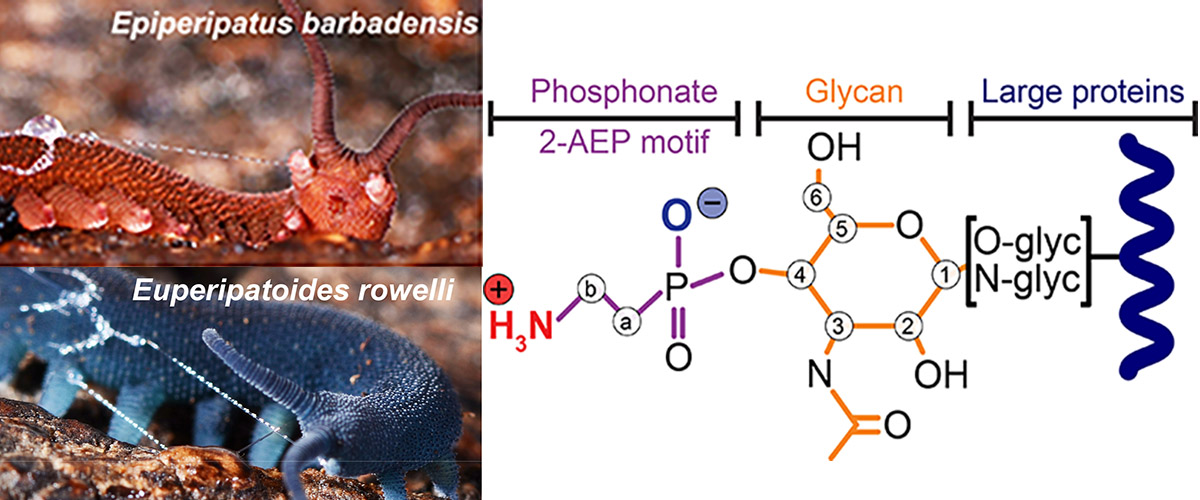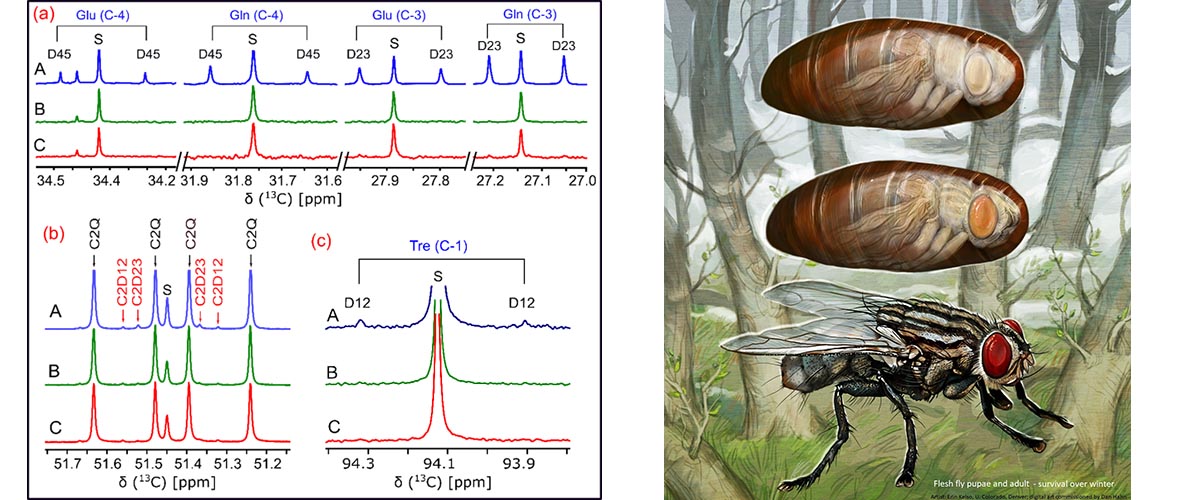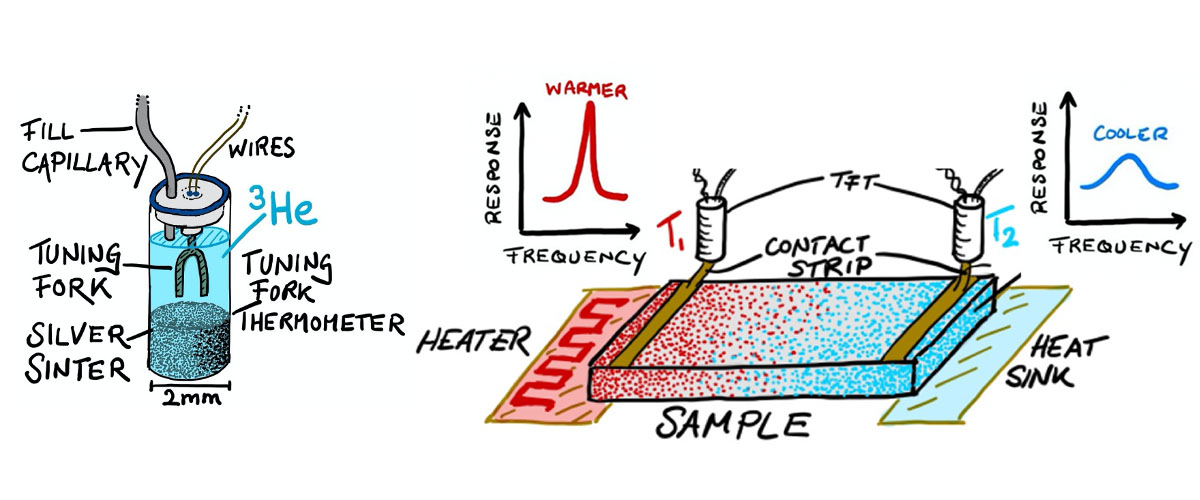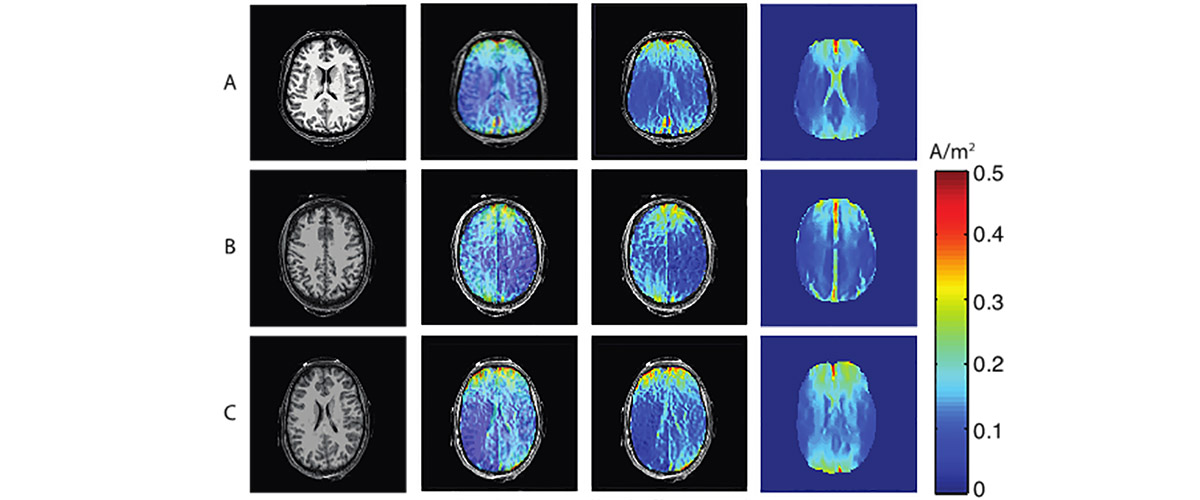What did scientists discover?
MagLab users discovered an extremely unusual protein modification that involves a very rare phosphonate group and a sugar molecule that exist in large proteins created by velvet worms. These proteins float freely in fluid, but self assemble into strong fibers if they are brought close together.
Why is this important?
Velvet worms shoot out a sticky and fiber-forming slime for both catching prey and defending themselves. The more the victim struggles to escape the slime, the stronger the network of fibers becomes. Just by touching and drawing the slime, a strong fiber is formed instantly – and yet, these fibers are recyclable by adding water. This naturally occurring instance of fiber formation is highly inspiring, since understanding their assembly principles can help in the design of sustainable methods for fabricating new and advanced polymeric materials.
The protein modification is “zwitterionic” (i.e., an even number of positive and negative charges) and therefore changes the distribution of charges in the large proteins. This most likely allows the protein to self assemble into fibers because of strong electrostatic interactions and is also responsible for easy recycling of the fibers via dissolution in water. Since the properties of the fibers can be changed by altering chemical groups on the proteins (i.e., protein modifications), these experiments can provide much insight into the mechanism underlying the formation of fibers.
Who did the research?
Alexandre Poulhazan1, Alexander Baer2, Gagan Daliaho3, Frederic Mentink-Vigier4, Alexandre A. Arnold1, Darren C. Browne5, Lars Hering2, Stephanie Archer-Hartmann6, Lauren E. Pepi6, Parastoo Azadi6, Stephan Schmidt7, Georg Mayer1, Isabelle Marcotte1,*, Matthew J. Harrington3,*
1Université du Québec à Montréal; 2University of Kassel; 3McGill University; 4National High Magnetic Field Laboratory; 5University of the West Indies; 6Complex Carbohydrate Research Center, University of Georgia; 7Heinrich-Heine-Universität Düsseldorf
Why did they need the MagLab?
The MagLab’s unique Dynamic Nuclear Polarization, Nuclear Magnetic Resonance (DNP-NMR) user facilities and in-house expertise enabled the decoding of the chemical structures of phosphonate and sugar molecules, uncovering another secret of nature.
Details for scientists
- View or download the expert-level Science Highlight, Inside Velvet Worm Slime: Rare Protein Modification for Fast Fiber Formation
- Read the full-length publication, Peculiar Phosphonate Modifications of Velvet Worm Slime Revealed by Advanced Nuclear Magnetic Resonance and Mass Spectrometry, in Journal of the American Chemical Society
Funding
This research was funded by the following grants: G.S. Boebinger (NSF DMR-1644779, NSF DMR-2128556); F. Mentink-Vigier (NIH-GM122698); P. Azadi (NIH-R24GM137782, NSF DMR-1933525)
For more information, contact Rob Schurko.






